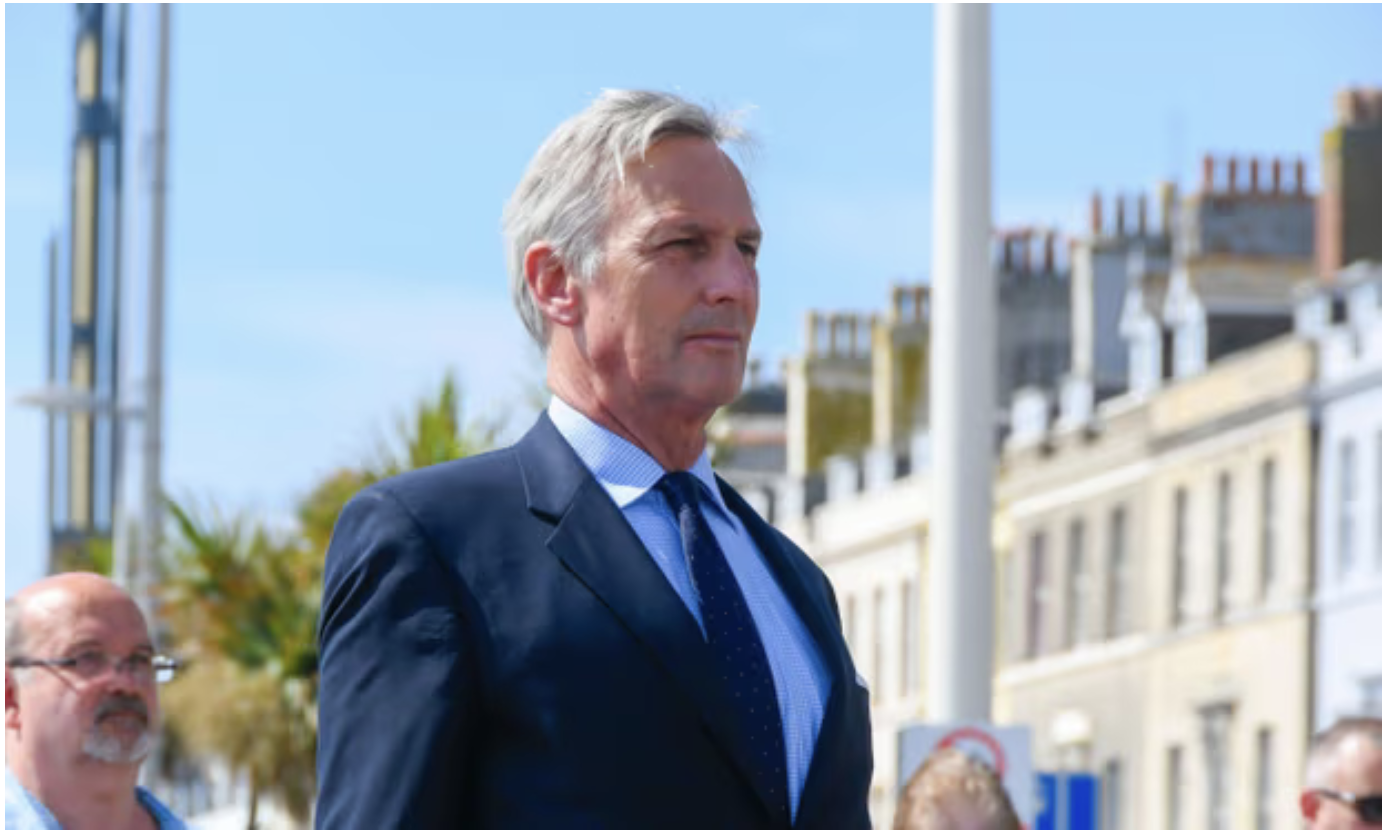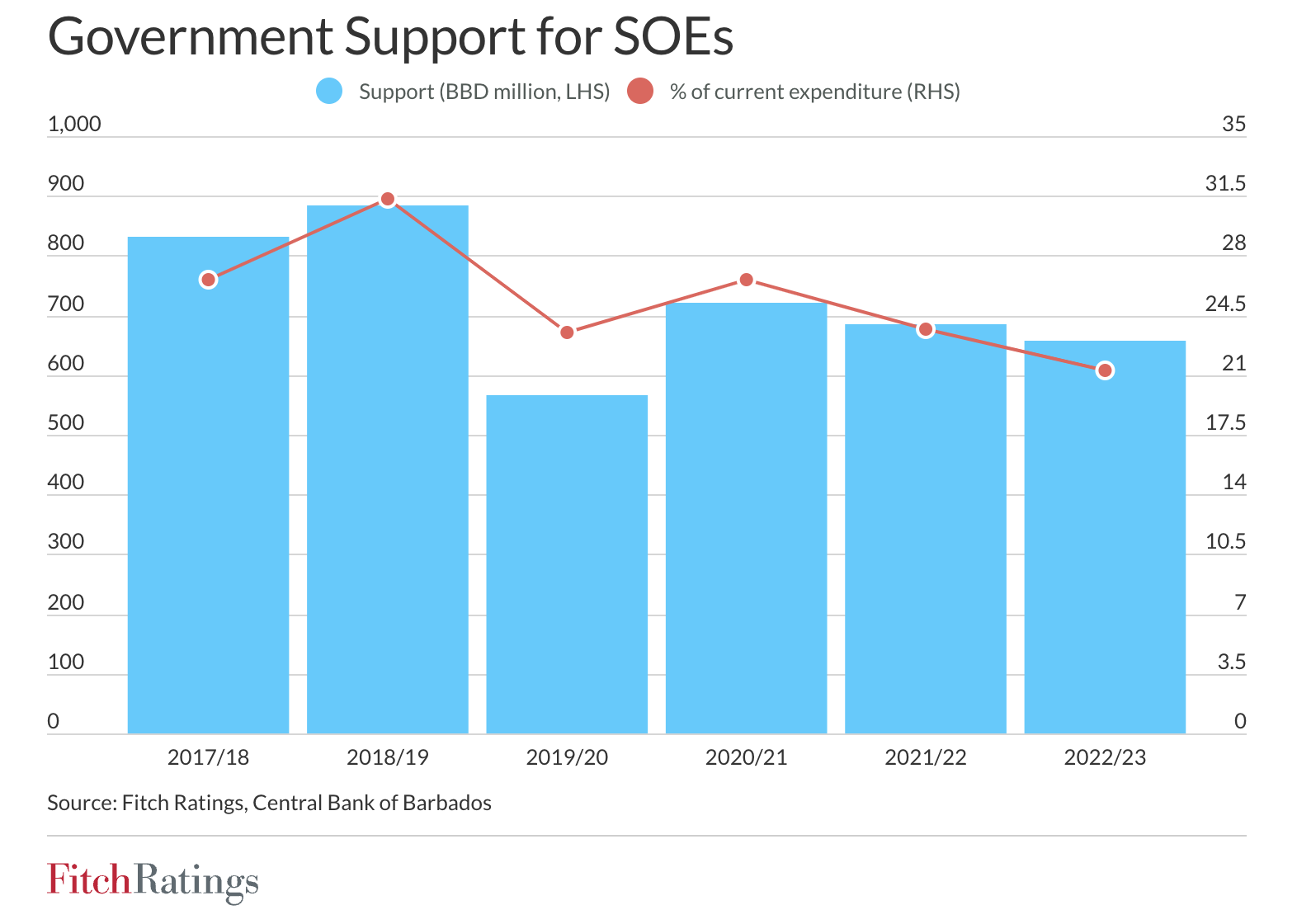
Yesterday evening the blogmaster was fortunate to tune in to the Voice of Barbados radio station afternoon program hosted by superior radio personality Larry Mayers. He is one of a bare few, Maurice Norville another, who makes a serious attempt to program a message that connects to old Barbados.
Believe it or not his program yesterday featured hills to be found in Barbados with listeners sharing tales about the challenges of driving over Horse Hill in St. Joseph, Baxters Hill in St. Andrew, Bowling Alley Hill which connects St. Joseph to St. John, Sutherland in St. Lucy and a few others back in the day. To anticipate those who will jump in to say Barbados is flat, of course the discussions about hills is in a Barbados context.
Nowadays vehicles are ‘automatic’ and several of the hills have been levelled with the surfaces scuffed to facilitate traction. Today’s generation have limited experience of the harrow of sitting in a bus with the driver having to attack Horse Hill with a stick shift.
The blogmaster gives the King of Hill prize to Bowling Alley Hill.
Those were the good old days we thought would never end?




Leave a Reply to JohnCancel reply